Beyond the Horizon: A Deep Dive into Schedule One’s Atmospheric Design and Sound Engineering
In psychological horror, the most potent fear often originates not from what is explicitly shown, but from what is subtly implied, hinted at, or heard. Schedule One appears poised to be a masterclass in this principle, leveraging a meticulously crafted atmospheric design and chillingly effective sound engineering to plunge players into a perpetual state of unease. The desolate Arctic research facility becomes more than just a setting; it transforms into a living, breathing entity of dread, where every flickering light, every distant creak, and every gust of wind contributes to an overwhelming sense of foreboding. This deep dive explores how Schedule One’s commitment to environmental artistry and auditory terror sets it apart, promising an experience where the very air around you feels thick with despair.
Atmospheric Design: Painting with Darkness and Desolation
Schedule One’s atmospheric design isn’t just about visuals; it’s about evoking a pervasive mood of despair and isolation.
- The Bleakness of the Arctic: The external environment itself is a character. The endless, blinding white of snow, the biting wind, and the sheer emptiness of the Arctic landscape immediately convey a sense of profound isolation and the insignificance of humanity against nature’s raw power. This environmental backdrop sets a tone of inherent hostility.
- Confined and Claustrophobic Interiors: In stark contrast to the vast outdoors, the interiors of the research facility likely emphasize claustrophobia. Narrow corridors, cramped labs, and dimly lit service tunnels will make players feel trapped and vulnerable. The oppressive architecture itself can contribute to a sense of being enclosed with an unseen threat.
- Lighting as a Tool of Terror: The use of light (or lack thereof) is crucial. Flickering fluorescent lights, sudden power outages, or the eerie glow of emergency lighting can disorient players and hide lurking dangers. Shadows become dynamic elements, constantly shifting and playing tricks on the mind, turning mundane objects into fleeting monstrous shapes. This strategic manipulation of lighting is a hallmark of effective horror.
- Environmental Degradation and Decay: The abandoned nature of the facility allows for visual storytelling through decay. Overturned equipment, discarded supplies, bloodstains, and signs of rapid evacuation or struggle tell a silent, terrifying story of what transpired. The increasing levels of grime, rust, or unnatural biological growth (if applicable) can signal the worsening situation or the influence of the unknown threat.
- Visual Distortions and Hallucinations (Psychological Elements): To enhance the psychological horror, Schedule One might employ subtle visual distortions. The environment could subtly shift, textures might waver, or phantom figures might appear in peripheral vision as the protagonist’s sanity deteriorates. These are powerful tools for making players question their own reality and deepening the immersion into the protagonist’s fragile mind.
Sound Engineering: The Symphony of Fear
Schedule One’s sound engineering is arguably the most critical component of its ability to terrify, often more impactful than any visual.
- Ambient Noise and Environmental Sounds: The subtle background sounds are foundational to the atmosphere. The distant groan of shifting ice, the whine of malfunctioning machinery, the drip of water in a forgotten pipe, or the chilling whisper of the wind echoing through ventilation shafts – these mundane sounds, when amplified or distorted, become sources of immense tension. The realistic quality of these sounds enhances immersion.
- Stinger Sounds and Jump Scares (Strategic Use): While the game focuses on psychological dread, well-placed “stinger” sounds (sudden, sharp, loud noises) can still deliver effective jump scares. However, Schedule One is likely to use these sparingly, making them far more impactful when they do occur, earned through periods of sustained tension rather than used as cheap tricks.
- Auditory Hallucinations: As the protagonist’s sanity degrades, the sound design can introduce auditory illusions. Faint whispers, distorted voices, phantom footsteps, or unidentifiable guttural noises can make players believe they hear something that isn’t there, heightening paranoia and fear. This directly ties into the game’s psychological horror elements.
- Music (Sparse and Intentional): A truly effective horror game often uses music sparingly. Instead of constant orchestral scores, Schedule One will likely rely on dissonant drones, unsettling ambient tracks, or sudden, jarring musical cues to underscore moments of extreme tension or danger. The absence of music can be just as terrifying, leaving players alone with the sounds of their own fear and the environment.
- Spatial Audio and Directional Cues: Effective sound engineering will utilize spatial audio to indicate the direction of sounds, forcing players to constantly turn their heads, searching for the source of a distant scream or a shuffling noise, thus increasing their vulnerability and making every corner a potential threat. This enhances the sense of being hunted or watched.
Schedule One’s dedication to masterful atmospheric design and chilling sound engineering is a testament to its understanding of true psychological horror. By transforming the very environment into an active participant in the terror and crafting an auditory experience that preys on the player’s imagination, the game promises a deeply unsettling and unforgettable journey into the heart of fear. For those who appreciate horror games that haunt the mind long after the screen goes dark, Schedule One appears poised to deliver a symphony of dread that lingers far beyond the horizon of the Arctic.
What role does sound design play in your personal enjoyment and fear in horror games?
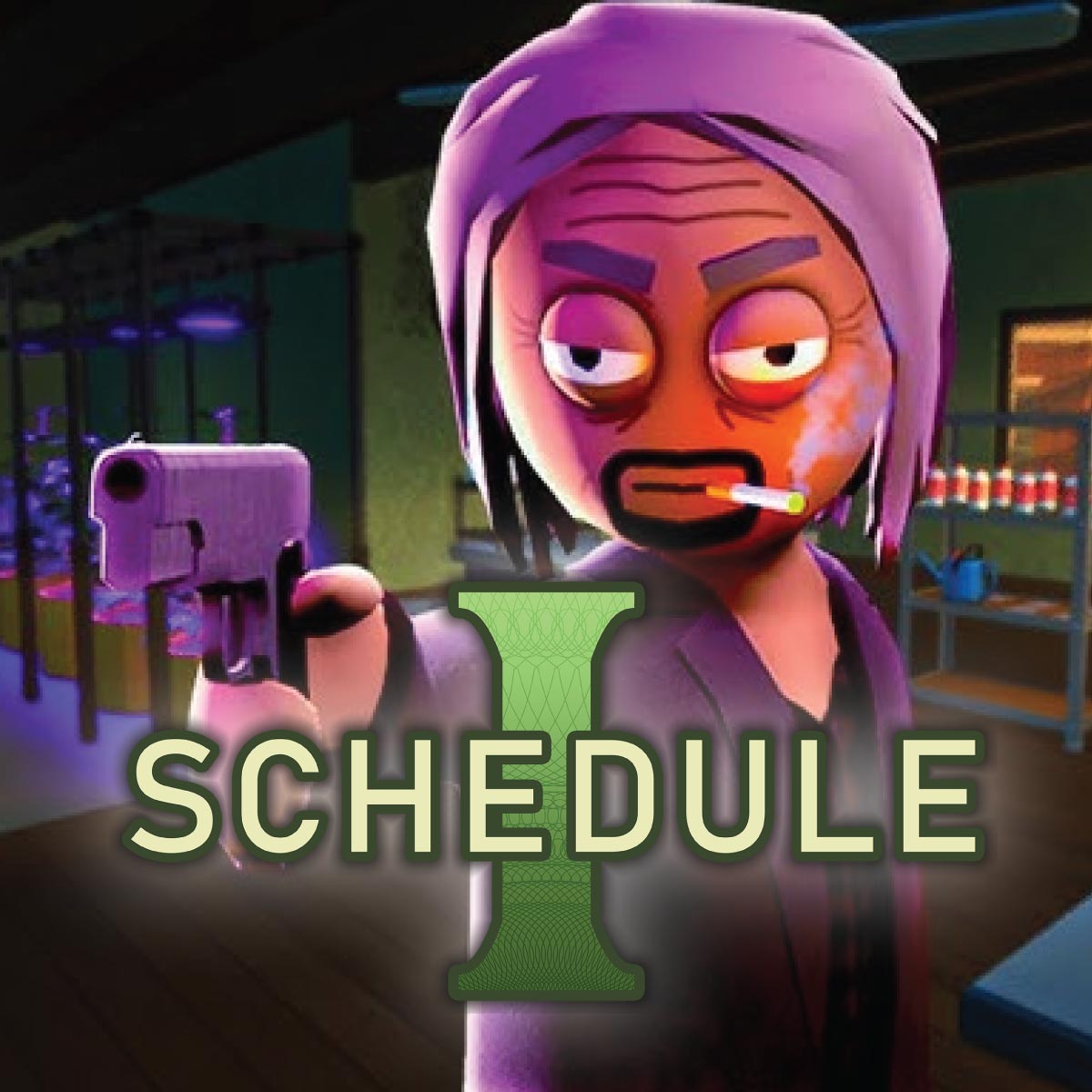

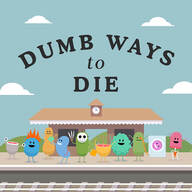
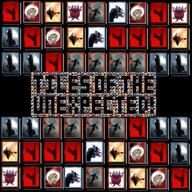

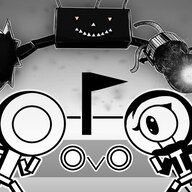


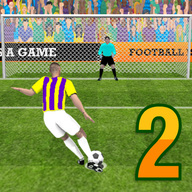
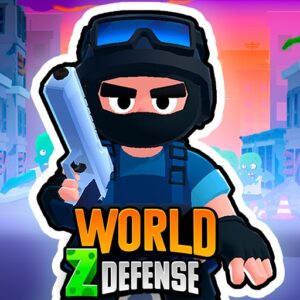


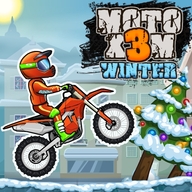
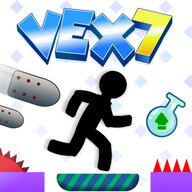
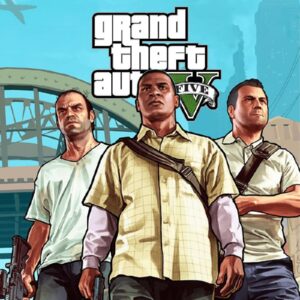
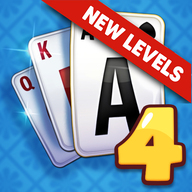
Angela
added 3 days agoI want to play with my friends
Tommy
added 1 hour agoThis game looks super fun. Is it available on mobile?
Lisa
added 5 minutes agoI really love the graphics. So impressive!
Mark
added 2 days agoWhere can I download this game?
Jenny
added 6 hours agoJust tried it out. Totally hooked already!
Steve
added 3 minutes agoMultiplayer mode needs improvement, but overall great!
Sophie
added 8 hours agoReminds me of the old-school games. Love the nostalgia.
James
added 1 day agoCan someone recommend a similar game?
Emily
added 9 minutes agoThis deserves more attention. It’s a hidden gem!
Kevin
added 4 days agoServer lags sometimes. Hope devs fix it soon.
Alice
added 2 hours agoIs there a story mode or only online battles?
Daniel
added 10 hours agoBest free game I’ve played in a while. Props to the devs!